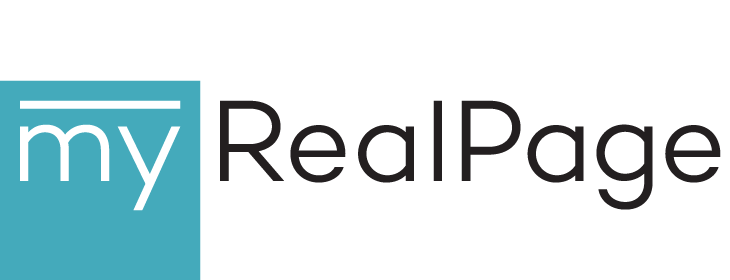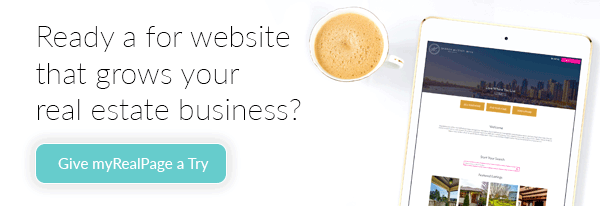How to Use Facebook Lead Ads to Generate Real Estate Leads
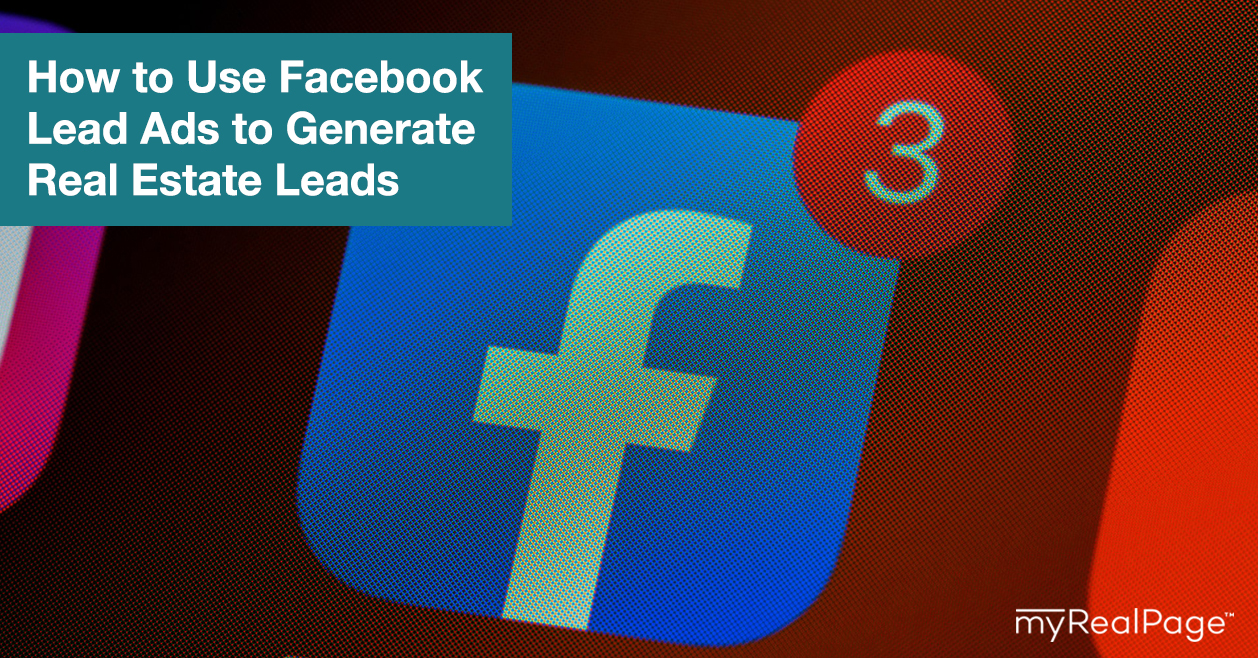
You gotta give to get.
 That’s the ruling philosophy of so many digital marketing efforts.
That’s the ruling philosophy of so many digital marketing efforts.
Want to win an Instagram contest? Follow the account and tag your friends to get an entry.
Hoping for a discount code for future purchases? Write a review first and you shall receive.
Looking to add contacts to your real estate database? Provide something valuable to your audience.
That’s the idea behind landing pages — and Facebook Lead Ads, a landing page alternative.
Like landing pages, Facebook Lead Ads give you the opportunity to offer a real estate lead magnet (such as a report, e-book or contest entry) in exchange for a lead’s information.
The difference between landing pages and Facebook Lead Ads: your lead can fill out their information directly on Facebook, without having to navigate away from the page. They’ll see your ad as they’re navigating Facebook, they’ll click and a form will appear directly over the promotion. Easy peasy.
Like other types of Facebook Ads, Facebook Lead Ads offer real estate agents a convenient and affordable way to generate real estate leads, grow their real estate database and learn about their audience.
Which is why we’re talking about them. Read on to learn all about Facebook Lead Ads for real estate agents — why to use them, how to use them and when to use them.
Why Facebook Lead Ads for Real Estate?
 Of all the questions about Facebook Lead Ads, this one is the most common:
Of all the questions about Facebook Lead Ads, this one is the most common:
“Why should I use Facebook Lead Ads instead of my own landing page?”
Answer: it’s not about using one or the other. There are opportunities to use both in your real estate digital marketing strategy. Just like there are benefits to using landing pages, there are unique advantages to using Facebook Lead Ads.
Check them out:
-
- Simplifying the process for your audience. Let’s be honest, navigating away from Facebook to a new window (your landing page) isn’t a huge inconvenience. But being able to quickly fill out a form on Facebook is a pretty great convenience.Plus, if you choose to add prefilled fields to your form, your lead won’t even have to type out information like their name or email address — the fields will already be populated with information from their Facebook profile.
- Targeting a specific demographic. Different age groups have different preferences when it comes to social media platforms. While Instagram is hugely popular with people under 30 (72% of those aged 13 to 17 and 67% of those aged 18 to 29 use Instagram), it’s less of a hit with people over age 50. Only 23% of 50- to 64-year-olds use the ‘gram, compared to the 68% that use Facebook. (Source) To sum all that up, if you’re looking to target sellers over 50 — they do represent a large piece of the real estate pie — Facebook ads might be one way to get them.
- They’re optimized for mobile. We’re all surfing the web from our phones these days. Facebook Lead Ads, like Facebook itself, are optimized for mobile. You can be sure that no matter what device your audience is using, your ad will look and function the way it should.
- They’re simple and quick to set up. If you’re using Facebook to help run your real estate marketing business, you’re halfway to your first Facebook Lead Ad. Like other Facebook Ads, these are set up using Facebook’s Ads Manager. The manager will guide you through the process, prompting you to make selections and giving you necessary instructions. No coding or design experience necessary. More on this in the next section.
How Real Estate Agents Can Create Facebook Lead Ads
The process for creating a Facebook Lead Ad is similar to the process for creating other types of Facebook Ads.
-
-
- Head to your Facebook Ads Manager.
- Beneath the Campaigns tab, click Create.
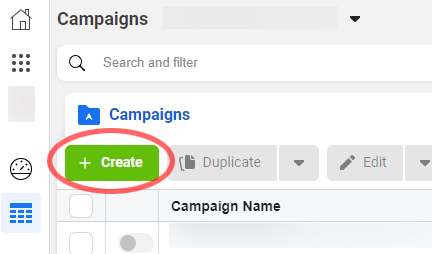
- Now choose your Objective. Beneath the Consideration tab, click Lead Generation.
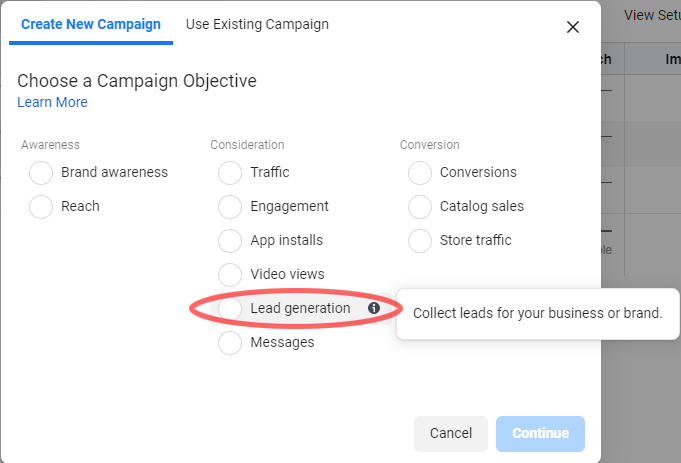
- Give your campaign a name. For example, “Sellers guide e-book.”
- Select whether you’d like to A/B Test (this lets you test two different versions of your ad to determine which one is the better performer) and optimize your budget (this grants Facebook the power to distribute your ad budget efficiently and effectively based on when your audience is most likely to be online and engaged). Choose your budget and decide how you’d like to cap it.
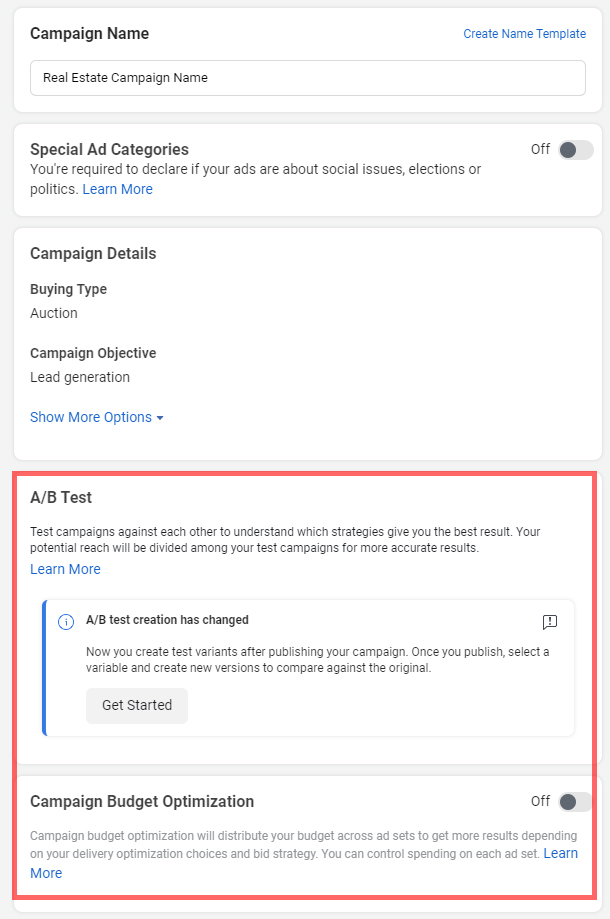
- Select which of your Facebook pages (if you have multiple) that you’d like to run the ad from. Then define your audience and which demographic(s) you’d like to target.
- Now it’s time to choose your ad format. It can take the form of a single image or video, a slideshow of images, or a carousel of two or more scrollable images or videos.
- Upload your image(s) or video(s). The Ad Manager provides specifications and guidelines.
- Add your ad’s headline, body text and call-to-action (you can choose from a drop-down list that includes “Sign Up,” “Learn More,” “Get Offer” and other options). As you enter your text, you’ll be able to preview your ad on the right side of the page and tweak as necessary.
- Almost there! Now it’s time to create the form itself. You’ll be able to name it, choose whether you’d like certain fields to be auto populated, add a greeting and background image, and input your questions (e.g. “What neighbourhoods are you interested in?”).The questions are the most important part. You can select from a standard list, as well as add your own. You need to think strategically about what information you want to glean from your leads, otherwise your Lead Ad won’t provide any value. You can include up to 15 questions but we’d recommend keeping the list short and sweet to avoid losing your potential contact halfway through.
- You’ll also have to include a link to a page on your website that outlines your privacy policy. Don’t have one? No worries; there are free privacy policy generators, like this one from Shopify, that can help you create verbiage to add to your website.
- Lastly, choose whether you’d like to use Facebook Pixel to track conversions that happen on your website. Here’s a Facebook Pixel refresher.
-
It may look like a lot of steps but once you’ve got your first ad under your belt, the process becomes easy and efficient.
Ideas for Real Estate Facebook Lead Ads
 Facebook Lead Ads serve a specific purpose for real estate agents: to gather information from leads.
Facebook Lead Ads serve a specific purpose for real estate agents: to gather information from leads.
This can be contact information, as well as qualifying details about their current status, interest in buying or selling, and so on. The information you gather from your lead form will help you personalize communications with your new lead and usher them along the path to becoming a client.
But first, you need to convince your potential lead to look at your ad, click it and fill that form out. And you do that by offering something they want enough that they’ll give you their info in exchange.
Not sure what kind of Facebook Lead Ad will achieve that? Here are some ideas to get you started.
A report on sale prices and trends in a specific neighbourhood. Using recent data, put together easy-to-read reports that summarize sale prices and trends in specific areas of your market. Then create different Lead Ads that target each of those areas. What’s more tempting to someone already curious about selling than a Facebook ad that beckons “Want to know what your home is worth this month….”
A jaw-dropping new listing. Have a scroll-stoppingly beautiful listing? Use that to hook potential leads browsing their Facebook feeds. Use two or three strong images and include a few enticing details in the body copy section. To get the details and see all the stunning photos, Facebook users will have to tell you a few things first.
A contest with a strategic prize. Consider partnering with a local contractor or interior designer that you’re friendly with to offer a free home consultation. The prize could comprise a walk-through where you and your partner recommend key updates or renovations to increase the home’s value, a brief real estate consultation and a discount on services offered by your partner.
A value-packed e-book or guide. Think about what sort of specific information would truly benefit your target client. If you’re targeting first-time buyers, it might be a step-by-step guide to acquiring a mortgage, figuring out their must-have features, making an offer and taking care of closing costs. For investment buyers, it could be a close, data-driven look at the most up-and-coming areas and hot opportunities. Use your insights and expertise to create real estate e-books or guides on these topics, then offer them using your Lead Ad.
The most important thing when getting started with Facebook Lead Ads for real estate: experiment!
Test as many as six different Lead Ad campaigns with small budgets to see what works and what doesn’t. A/B test. Try different offerings. Experiment with your imagery or video, and your headline and body copy. Don’t be afraid to spend some time playing around and figuring out what works best for your business.
Are you using Facebook Ads to market your real estate business? Why or why not?
